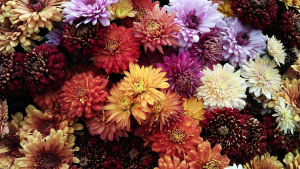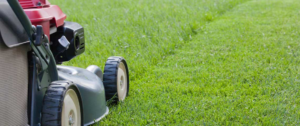In the tranquil world of gardening, where every leaf and bloom is nurtured with care, lurks a persistent menace: garden snails and slugs. These seemingly innocuous creatures, with their voracious appetites and nocturnal habits, can swiftly transform a thriving garden into a battleground of nibbled foliage and slimy trails. Their presence poses a challenge to every green-fingered enthusiast, prompting a quest for gentle yet effective methods to safeguard the sanctity of our beloved plants. But fear not, fellow gardeners, for armed with knowledge and a touch of ingenuity, we embark on a journey to reclaim our green havens from the clutches of these determined intruders.

Keep an Eye Out
Regularly inspect your garden, particularly during the night or on overcast days when snails and slugs are most active. Check beneath leaves, along the edges of pots, and under garden ornaments where they tend to hide. Look for their telltale slime trails, which indicate their presence. A flashlight can be handy for nighttime inspections.

Pick Them Off
Handpicking is a labor-intensive but effective method for controlling snails and slugs. Wear gloves to protect your hands from their slime and simply pluck them off your plants. Early morning or late evening is the best time for this activity as snails and slugs are more active during cooler, damp conditions. Drop them into a bucket filled with soapy water to prevent them from returning to your garden.


Make Traps
Utilize traps to lure and capture snails and slugs en masse. Inverted grapefruit rinds or shallow containers filled with beer are effective homemade traps. Bury the containers so that the rim is level with the soil surface. The yeast in beer attracts snails and slugs, causing them to fall in and drown. Regularly empty and replenish the traps as needed.
We can buy combo 4 Pieces Beer Slug & Snail Traps at here :
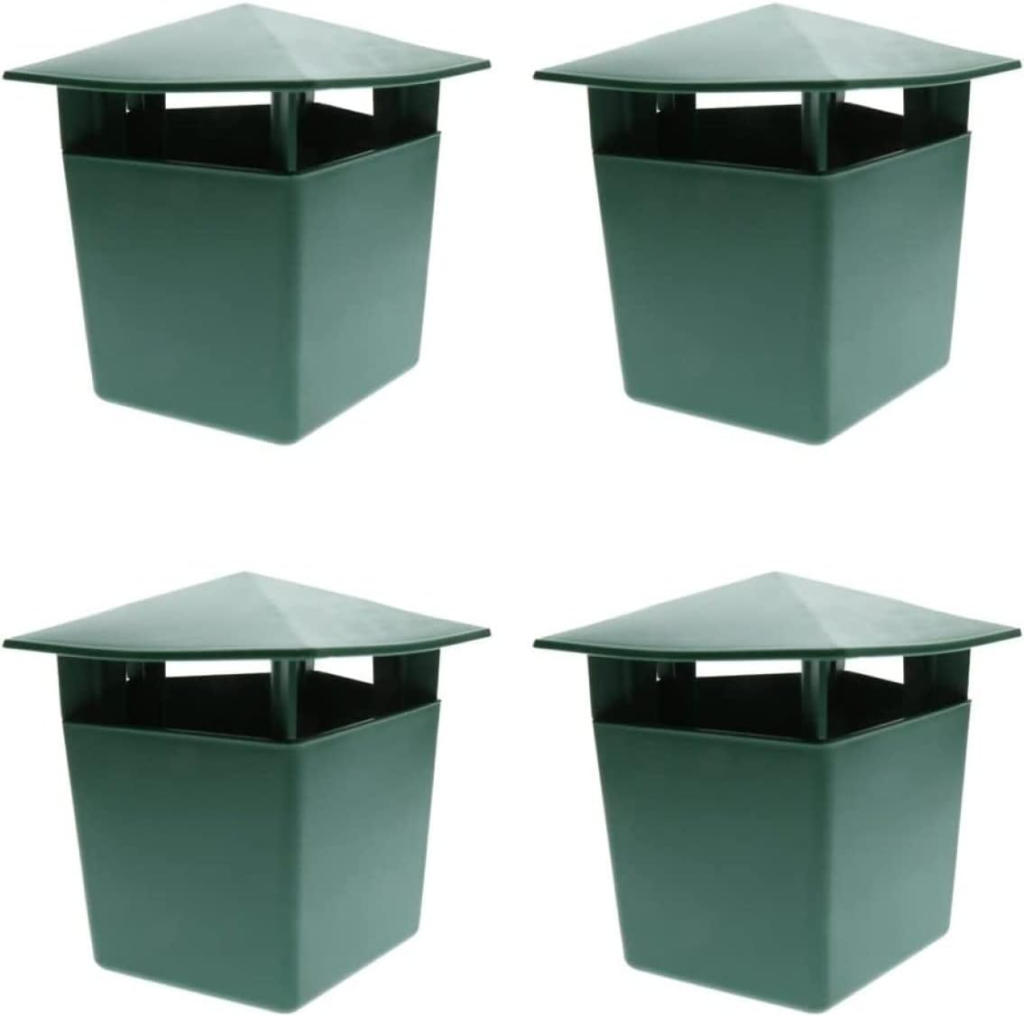

Tidy Up
Maintain a tidy garden environment to discourage snails and slugs from taking up residence. Remove debris, fallen leaves, and any decaying organic matter that could provide shelter or food for these pests. Avoid overmulching, especially close to plant stems, as it creates moist hiding spots conducive to snail and slug activity.

Use Barriers
Create physical barriers to prevent snails and slugs from accessing your plants. Copper tape is a popular option as it delivers a mild electric shock sensation to the pests, deterring them from crossing. Alternatively, sprinkle a ring of diatomaceous earth around vulnerable plants. This abrasive substance cuts into their soft bodies, acting as a natural deterrent.
Buy Now with the best one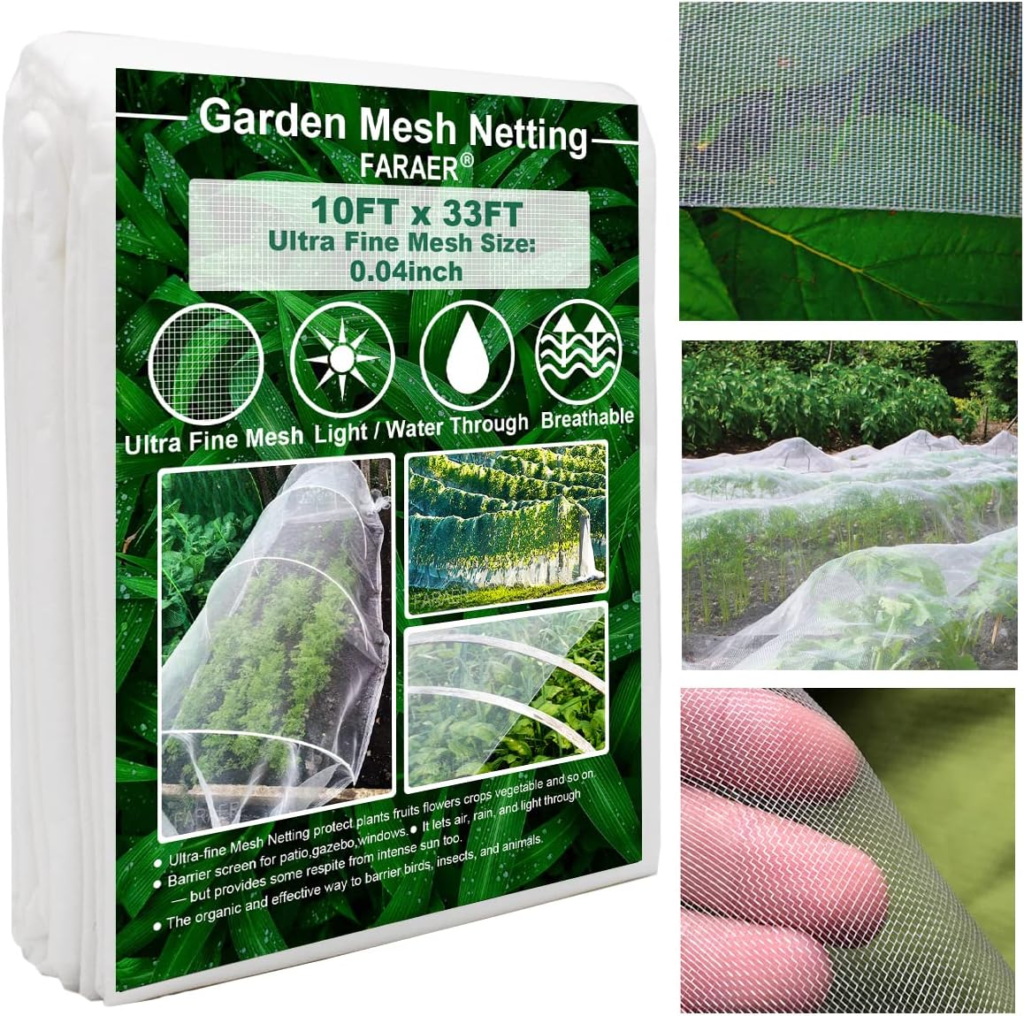
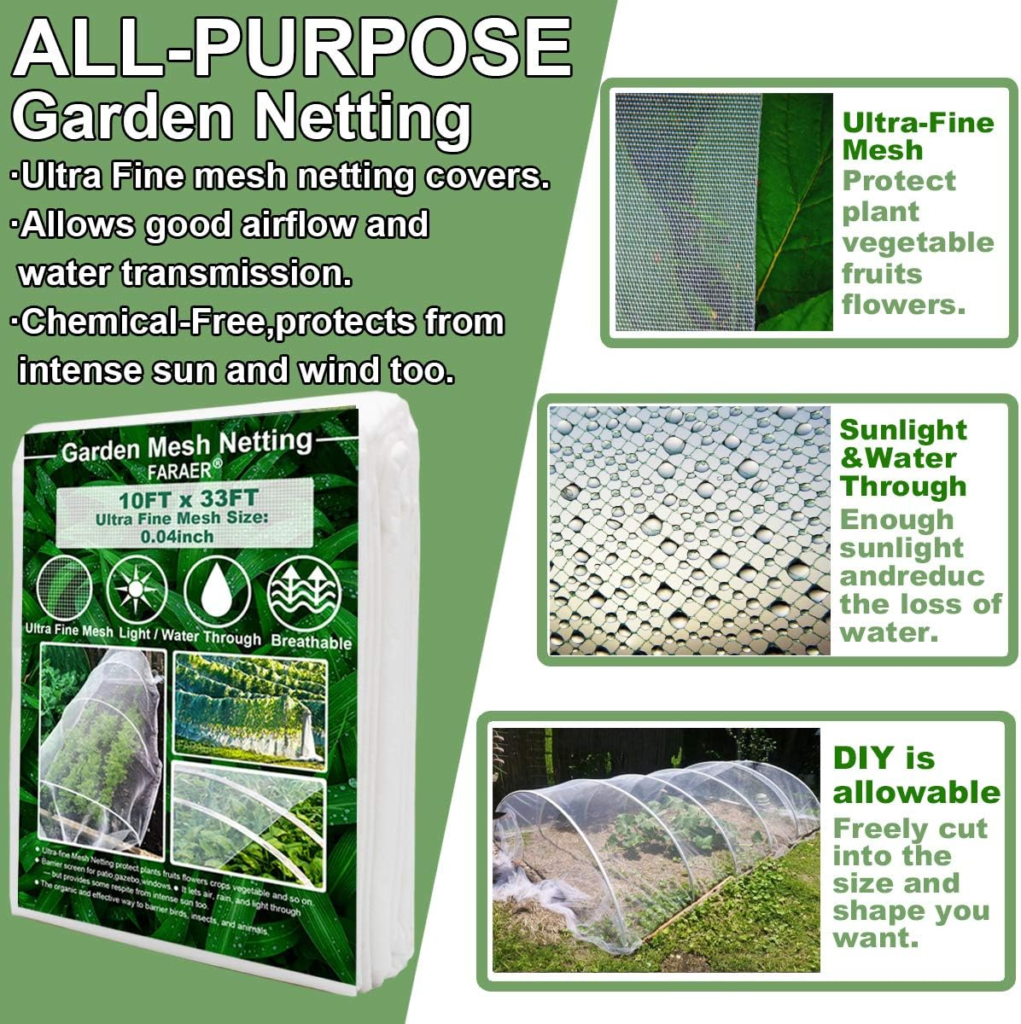
Water Carefully
Manage irrigation practices to minimize favorable conditions for snails and slugs. Water your garden early in the morning to allow foliage to dry before evening, reducing moisture levels that attract these pests. Consider installing drip irrigation or soaker hoses to deliver water directly to the soil without wetting plant leaves, thereby limiting hiding spots for snails and slugs.

Plant Smart
Select plants that are less appealing to snails and slugs when designing your garden. Herbs such as thyme, oregano, and mint, as well as plants with hairy or aromatic leaves like lamb’s ears and lavender, are typically avoided by these pests. Incorporate these species strategically to create a less enticing environment for snails and slugs.

Try Safe Baits
Deploy organic slug baits containing iron phosphate, a naturally occurring mineral that is non-toxic to pets and wildlife. Spread the bait granules evenly around affected areas of the garden, following package instructions for application rates. These baits attract snails and slugs, which consume the pellets and subsequently cease feeding before dying away from the plants.
By implementing these detailed strategies and paying careful attention to each step, you can effectively manage snails and slugs in your garden while minimizing harm to your plants and the environment. Happy gardening!

